There's no better way to understand why a bike is the way it is than a quick history lesson. Zane runs us through the history of Benelli and updates us on his Leoncino 800 Trail long-termer....
It honestly feels like yesterday I was writing the first update on my Benelli Leoncino 800 Trail long-termer. But, here we are at month number two! The Leoncino has been an awesome get-around machine so far, I’m at the point where I’d like to start modifying it…
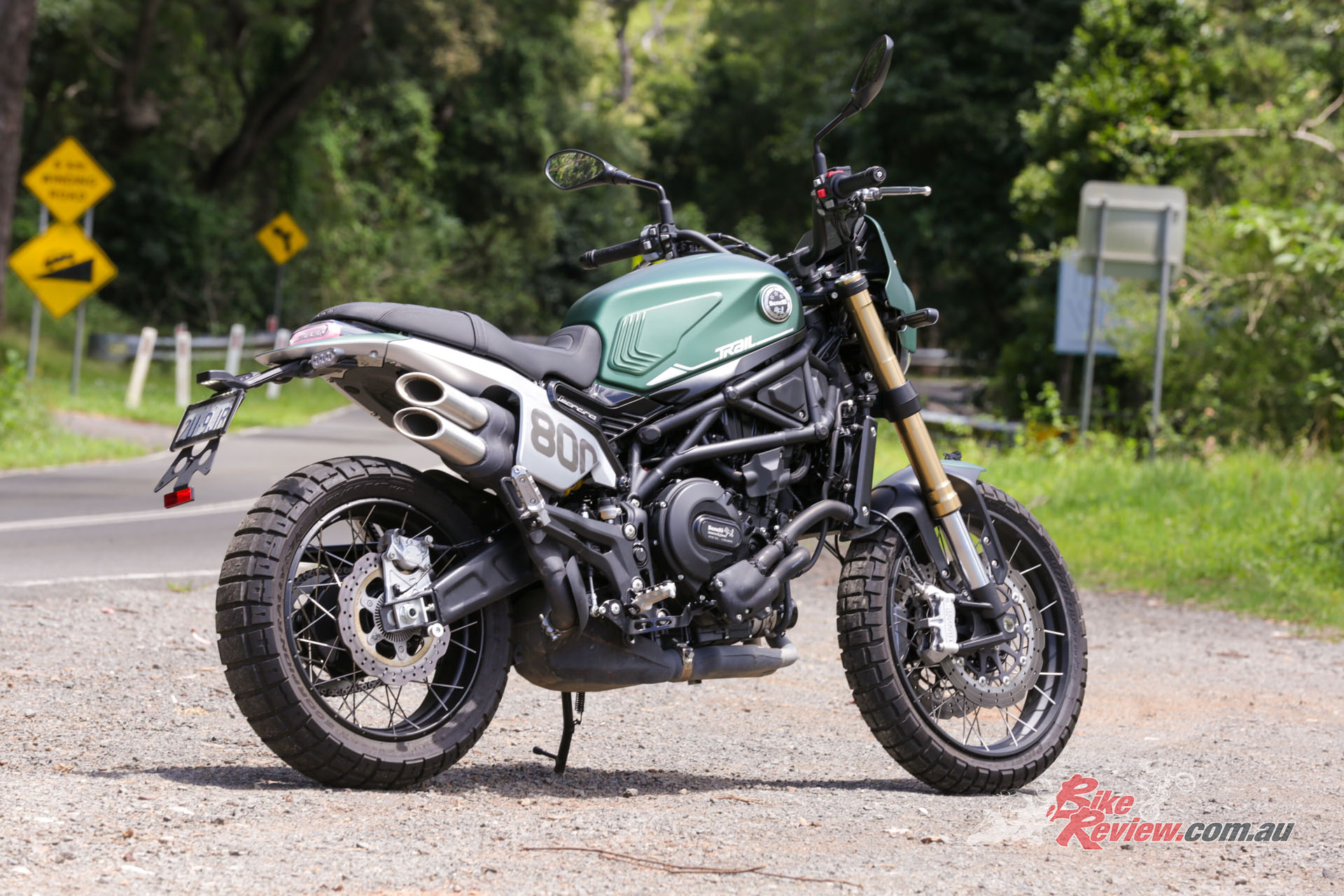
“The Benelli Leoncino 800 Trail has been an awesome get-around machine so far, I’m at the point where I’d like to start modifying it…”
Truth be told, the Leoncino 800 Trail is the same as last month. A reliable, fun and pretty well priced little machine. It doesn’t look or feel like an 800 at all, I dare say its dimensions make it feel closer to a 400-500cc bike. With there being no huge updates to report about my long-termer, I thought I’d use this months update as a bit of a history lesson on why a brand with such strong Italian heritage is manufactured in China today.
Check out Zane’s first update on the Leoncino 800 Trail here…
Benelli History Lesson
Benelli’s story starts over a century ago in Pesaro, Italy. Teresa Benelli was a widow with six sons who she wanted to succeed, instead of going down the same route as other men in the era producing steel or silk. Teresa invested all of her capital for Giuseppe, Giovanni, Filippo, Francesco, Domenico and Antonio to kick start Benelli in 1911, this makes it the oldest Italian motorcycle company. (Opposed to Moto-Guzzi which is the oldest Italian brand to stay in operation, established in 1921.)
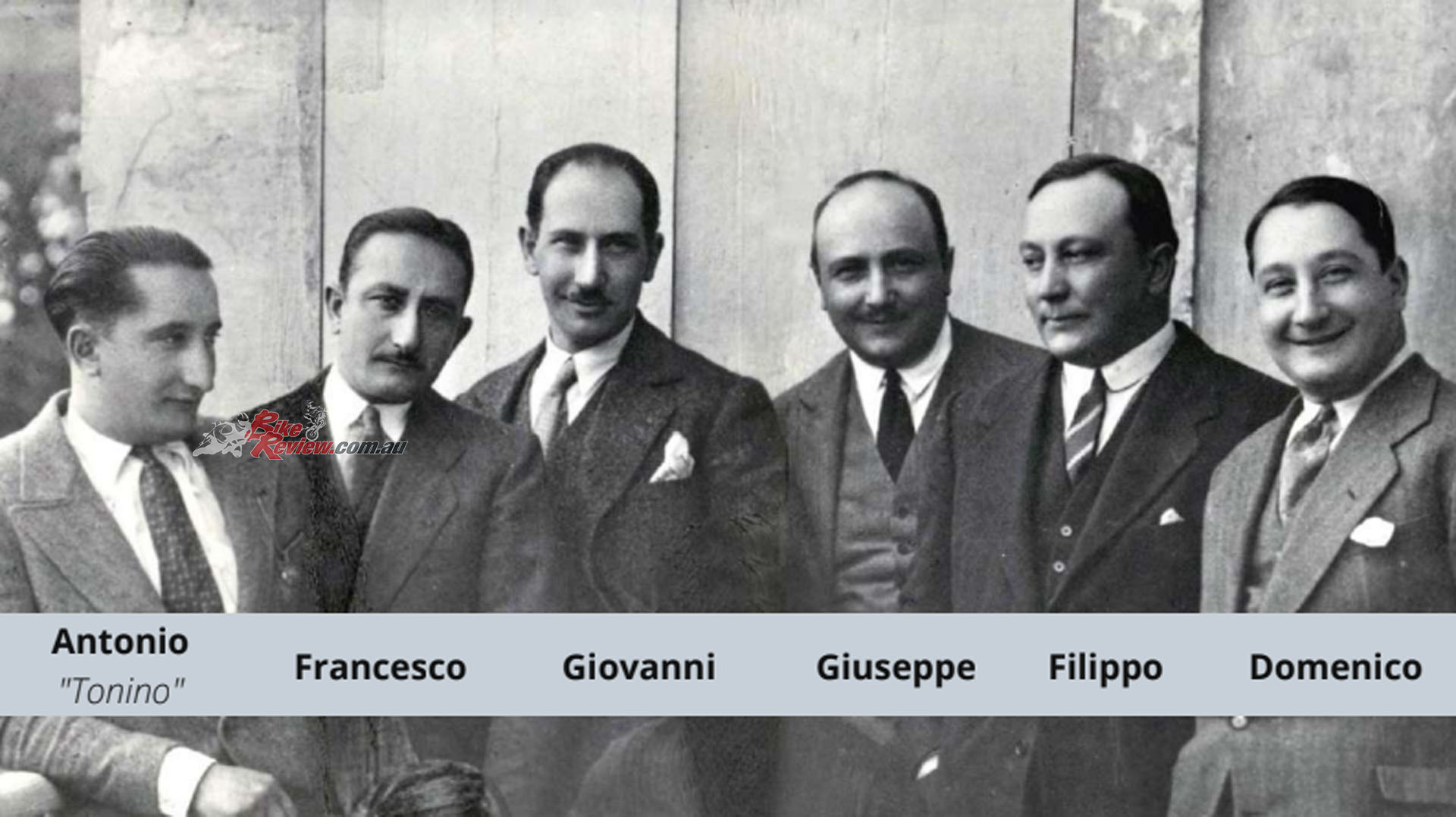
Teresa invested all of her capital for Giuseppe, Giovanni, Filippo, Francesco, Domenico and Antonio to kick start Benelli in 1911.
For the first decade, Benelli remained a service garage. It wasn’t until then that the Benelli brothers decided to mount a 75cc two-stroke single-cylinder engine to the back of a bicycle frame and birth the Benelli Motorcycle manufacturing! In 1920 they attacked a bicycle frame once again with a 98cc two-stroke engine, this is the earliest image I could find of the Benelli “motorcycle.”
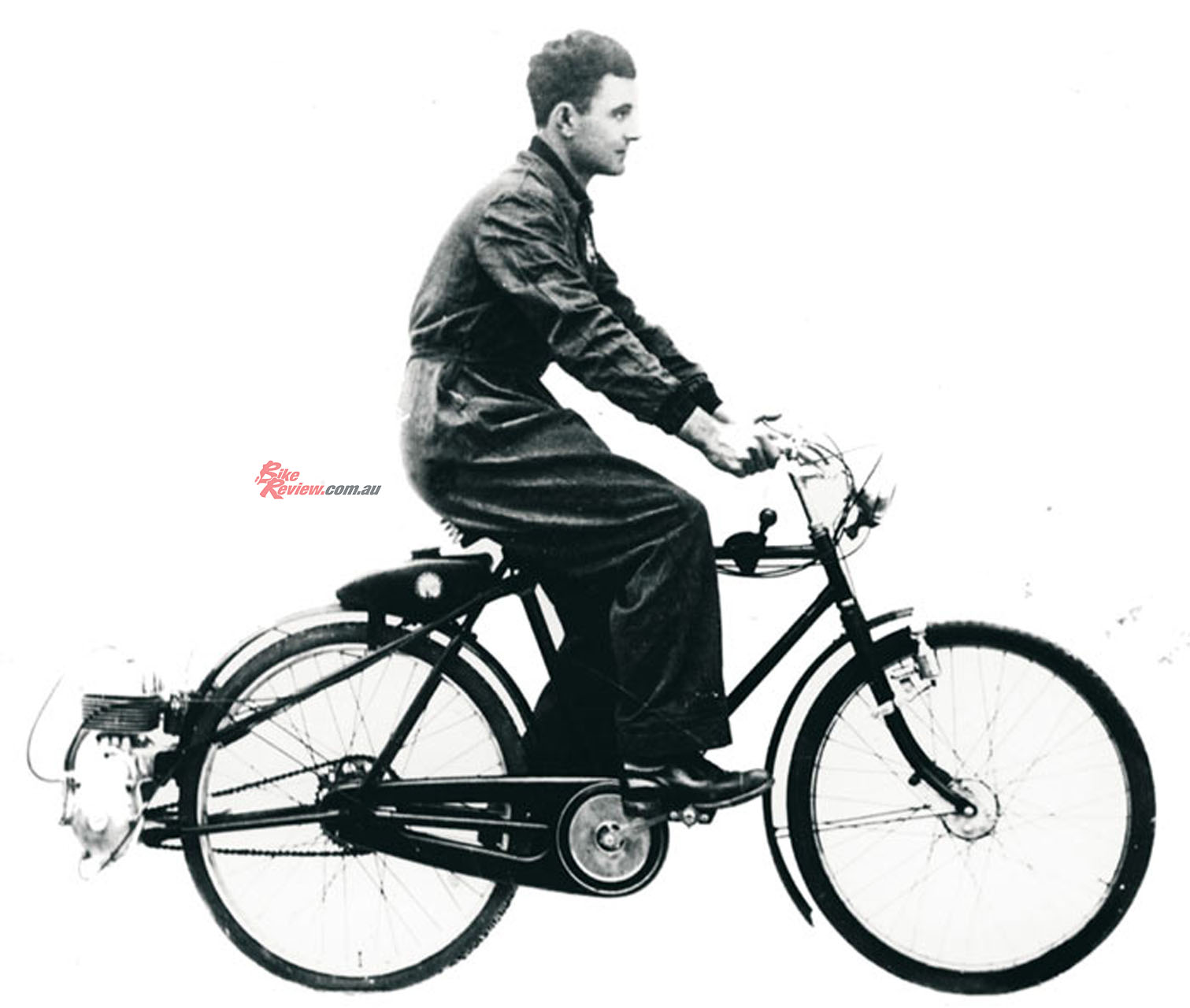
In 1920 they attacked a bicycle frame once again with a 98cc two-stroke engine, this is the earliest image I could find of the Benelli “motorcycle.” Photo: Benelli Japan.
Just one year later in 1921 and Benelli unveil their all-original creation! The Velomotore was the first Benelli powered machine, a little 98cc two-stroke in a Benelli frame which was soon followed up by a “Sport” version with a 125cc heart. That “Sport” title seemed to ignite something within the company.
As is the case with nearly every single motorcycle (minus those little commuter/electric/uninspiring brands) Benelli’s strategy to get their name out there was to go racing! On-board the now 147cc Velomotore Sport, Tonino Benelli started winning motorcycle races around Italy, eventuating in four Italian titles in the 175 class. There’s a documentary on his life titled “Benelli Su Benelli”, which you can find subtitled in English, I highly recommend watching if you’re interested in pre-war motoring.
Those titles were all won on-board the Benelli 175, the history around this bike is almost non-existent, clearly no one thought to write anything down back then. Powered by a four-stroke, yes a four-stroke Italian motorcycle in the 1920s, the early SOHC and later DOHC sat un-contained by the engine and the four-speed gearbox was shifted by hand. Tonino saw plenty of success on-board their home-brewed machines. Despite his long list of Italian racing success, a public road riding accident would take Tonino’s life in 1937 at age 35.
After a number of 175cc machines were released to the public, 1933 brought a fresh outlook for Benelli. The 500 Turismo is the most well-known machine to come out of the original Pesaro factory before it was struck by bombers in World War II, reducing it to rubble.
Perhaps the most interesting machine to come out of the Benelli factory before its demolition was the Supercharged four-cylinder 250cc bike that was to compete in the 1940 season. The bike was built but never actually went anywhere due to the outbreak of World War II.
Post World War II, Benelli retrieved plenty of Allied motorcycles to convert them into civilian bikes, around 1000 machines were sold to the general public as Benelli began to claw back at rebuilding their factory. Ever the competitive type, the Benelli brothers signed legendary racer, Dario Ambrosini in 1948, followed close behind the announcement in October of that year that they’d continue to manufacture their own motorcycles once again!
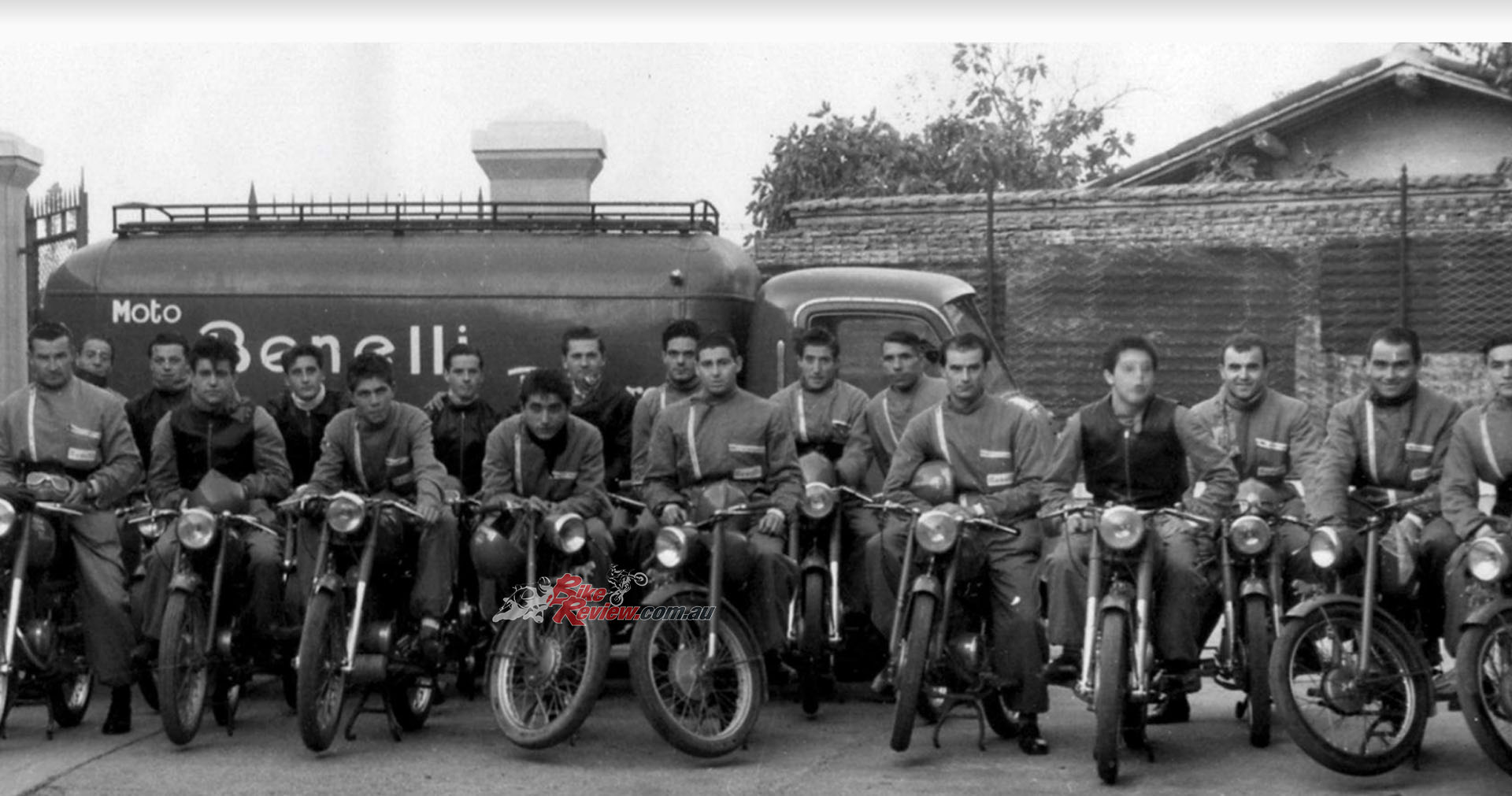
Post World War II, Benelli retrieved plenty of Allied motorcycles to convert them into civilian bikes, around 1000 machines were sold to the general public as Benelli began to claw back at rebuilding their factory.
The signing of Dario Ambrosini seemed to be the correct one, second in the 1949 250cc World Championship followed closely behind by a Championship win in 1950. Ambrosini looked to be on track for a second World Championship in 1951, but a fatal accident during round six in France unfortunately spelled the end to Benelli’s 1951 season and racing sector for a few years…. (However, they still finished third.) Even more impressive, Ambrosini scored all those awesome results on an updated version of the pre-war 250cc Benelli single!
The 1950s saw the departure of Giuseppe Benelli, and also spelled the start of a noticeable new era for the brand. The bikes were starting to become more faired and less of just an engine encased in a frame, this was sort of the surfacing of Benelli becoming its own designed brand, bursting out from the norms of motorcycle manufacturing at the time.
1951 also saw the birth of the Leoncino! The Leoncino (or “little lion”) housed a 123cc two-stroke single originally, it was also offered in a 4T version among plenty of the confusing model lists of the era. The Leoncino is undoubtedly the most well known model of Benelli’s line-up, even the new manufacturers chose to revive the name as you would know by the Leoncino 500 and 800.
With the 1960s just about to end and no real massive revelations in the design department by Benelli, the company saw issues when Japan started churning out these motorcycles that seemed to pip anything European on the circuit. The Benelli Tornado 650 was the last creation to come out of the original ownership, a somewhat dated design with a pretty sweet 650cc four-stroke twin.
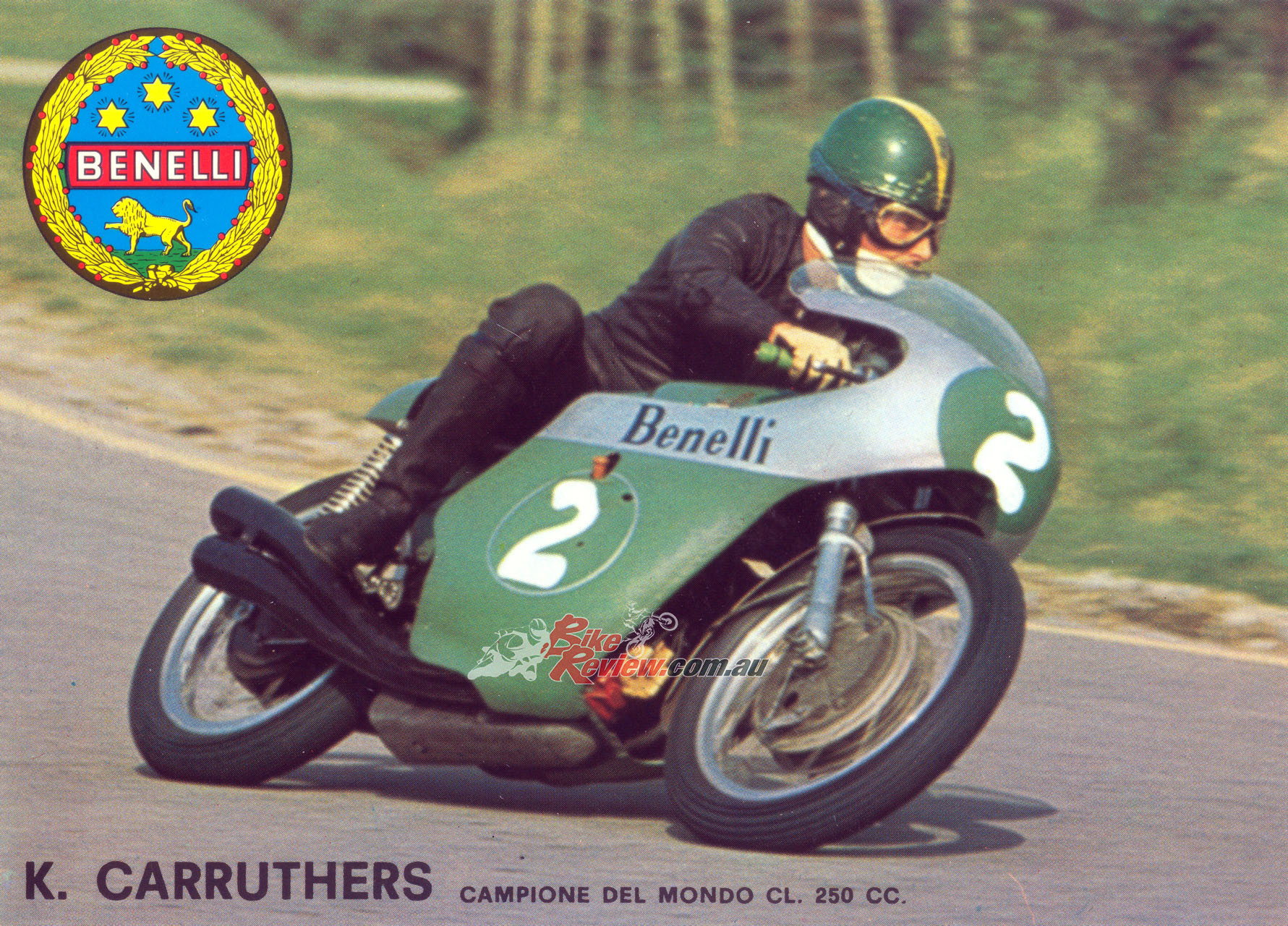
Kel Carruthers clinched the 1969 250 World Championship on a Benelli. Both Kel and the bike reside in South Australia.
Alejandro de Tomaso entered the picture in 1971. If you’re a fan of anything Italian you’ll know the the De Tomaso name. Alejandro, born from a wealthy family, had that racing blood to him. He purchased a plethora of Italian brands: Maserati, Innocenti, Moto-Guzzi, his own line of “De Tomaso” cars and Benelli. Not only this, he had brief team ownership stints with the Savenero 500GP team (read about that here).
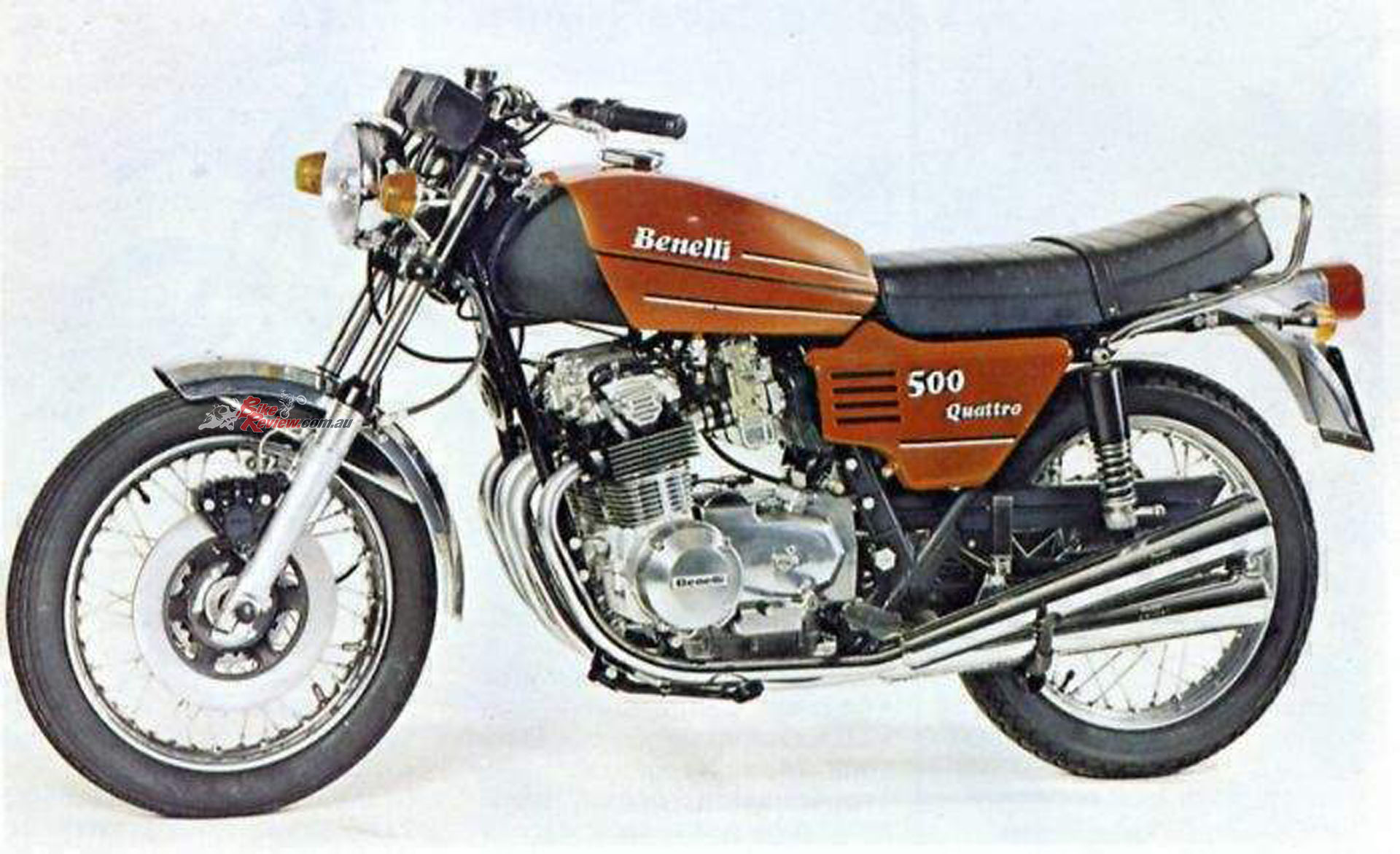
Under the De Tomaso ownership, Benelli would create some interesting machines, like the Quattro 500 (which featured a copy of the Honda CB500 engine).
Under the De Tomaso ownership, Benelli would create some interesting machines: the Quattro 500 (which featured a copy of the Honda CB500 engine), 250, 354, 504 and 654, all under that Quattro family but varying engine designs, not just a de-stroked/de-bored powerhouse.
The real fun of the De Tomaso era was the line of Sei machines, the first six-cylinder production bikes in the world… Again, Benelli designers copied the Honda CB500 engine design but tacked an extra two cylinders on the side. 255kg weight, only 57kW and 1970s brakes/suspension, I’m sure the bike was a handful to ride.
The 750 Sei was actually launched under the Moto-Guzzi name originally, not a whole heap of info can be found on why Alejandro launched it under the Benelli name instead but we can assume it was something along the lines of government funding or a spice up of the brand. The 900 Sei (my personal favourite Benelli) and the Jarno 125 were the last bikes produced under De Tomaso ownership.
Not concerned by the quick decline of the company, Andrea Merloni bought the company, and he is who we can thank for the revival of the brand. Without Merloni purchasing the company in 1995 (after a failed restart by Giancarlo Selci in 1989), Benelli would not be around today.
Alan Cathcart rode the WorldSBK Benelli Tornado, read about it here…
Merloni went on to do awesome things with the company, multiple sportsbikes and naked machines, including the Tornado 900 and 1130 models which have a cult following now, and the TNT model before the micro-machine that Benelli sell now stole its name. Merloni even took the three-cylinder Tornado to contest the WorldSBK championship!
2005 marked the start of the future for the brand when Qianjiang Motor Group purchased Benelli. Australia wasn’t a huge market for Benelli with early QJ ownership, until Geely purchased a major stake in Qianjiang Motor Group. This is when we started seeing Benelli really being littered across Australia with a whole new design outlook, imported via UMI.
All of the Benelli range are still designed in Pesaro but are now manufactured in China. Despite this, models like the TRK 502 have seen success in their home country, in 2020 the TRK 502 was crowned the best selling bike in Italy and the Leoncino 800 received an honourable mention for “the most beautiful bike” award at ECIMA 2021.
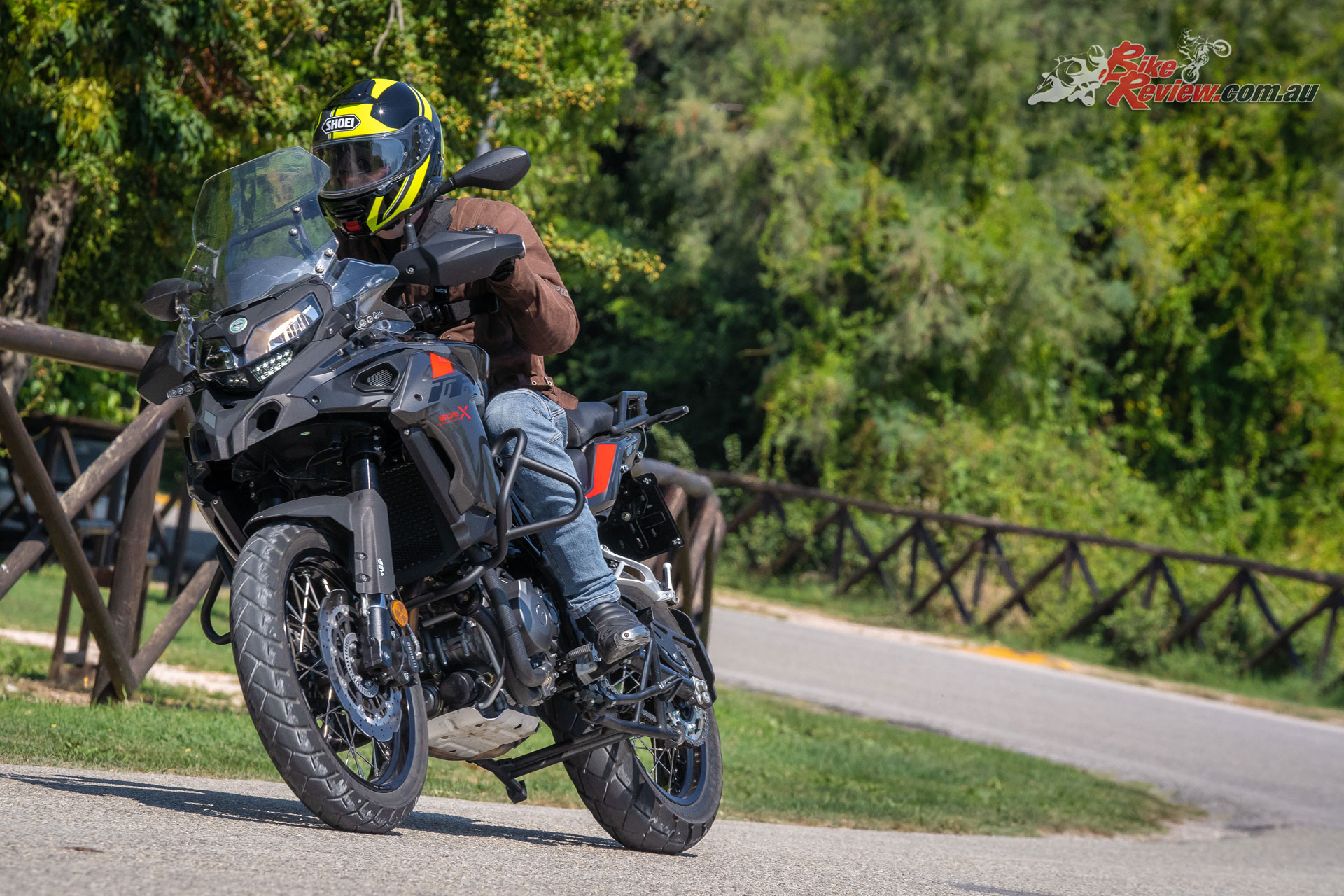
Models like the TRK 502 have seen success in their home country, in 2020 the TRK 502 was crowned the best selling bike in Italy… Here’s Jeff at the World Launch in 2018.
Over 2021-2022 Benelli saw an 85 per cent market growth in Australia, incredible numbers to silence the naysayers who thought a Chinese produced Italian bike would fail. UMI have numerous new models landing in Australia this year and have a wide coverage over the market now.
Read Jeff’s world launch report of the TRK 502 here…
It’s interesting to put the early Benelli’s next to the current ones. The snobbery and deeply engrained fanboy-ness of Italian manufacturing want to call it a fake Benelli, my brain knows that without the Chinese manufacturing side of things, Benelli would not only be just another has-been company but one that ended way after it was supposed to. QJ have done wonderful things with the company.
Long-termer Update
That little history lesson out of the way, let’s get down to what the future holds for my Benelli Leoncino 800 Trail. The first being: ride more. I’ve been far too busy to go out for a leisure ride these past few weeks, but the staggered rides I’ve forced myself to go on were quite fun.
I haven’t had a chance to get a few of my friends together for some adventure riding, something I will never do alone, so the Leoncino 800 Trail has seen minimal dirt besides the odd dirt-road I’ve attacked for a bit of a hoon, although we did do a good few hundred km on the dirt at the Aussie launch.
Read Zane’s Australian launch report here…
I have had a good amount of time to think of a few parts I’d like to chuck on the long-termer now that I’ve had it for two months. However, considering it’s a fairly new bike and a niche one at that, accessories aren’t really available in Australia just yet.
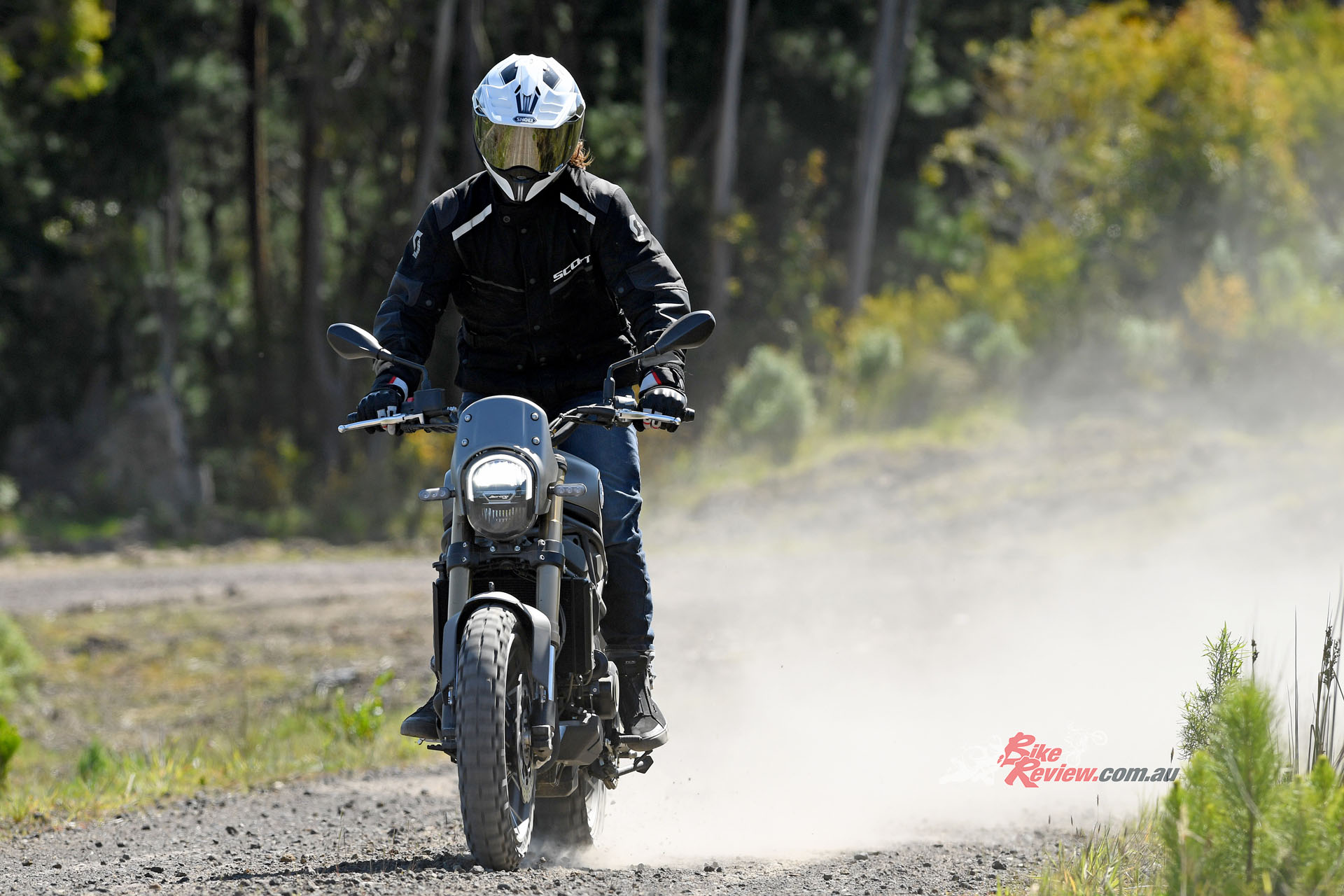
Zane hasn’t had a real chance to take the Leoncino 800 Trail for a real thrashing off-road. But, he did a heap of KM on dirt during the Aussie launch.
Right at the top of my list, and the same for every bike I’ve owned/long-termed, is a tail tidy. No one has made one for the Leoncino 800 just yet, I found one on AliExpress for the Leoncino 250 which appears to have the same tail section. It’s only $45 so I might just buy it and make it fit, it’s not my first rodeo with bikes/cars with no aftermarket support as I have a small “collection” of weird cars, I absolutely love making parts to fit or my own modifications from scratch.
A slip-on system would be nice for a bit more of that parallel-twin goodness. Arrow make a few different muffler options, while a few other brands offer full systems. The only issue is that these are for the road Leoncino 800, most likely made for the 752s and marketed as Leoncino, this means I’ll lose the upper twin exit under the side panel. Might be worth it for the sound though.
I mentioned in last months update that the Leoncino 800 Trail has seemed to have gained a stiffened feeling in the front brakes. I’ve been putting off bleeding the brakes until I get a decent set of Hel braided lines for it, hopefully some will drop into my hands soon…
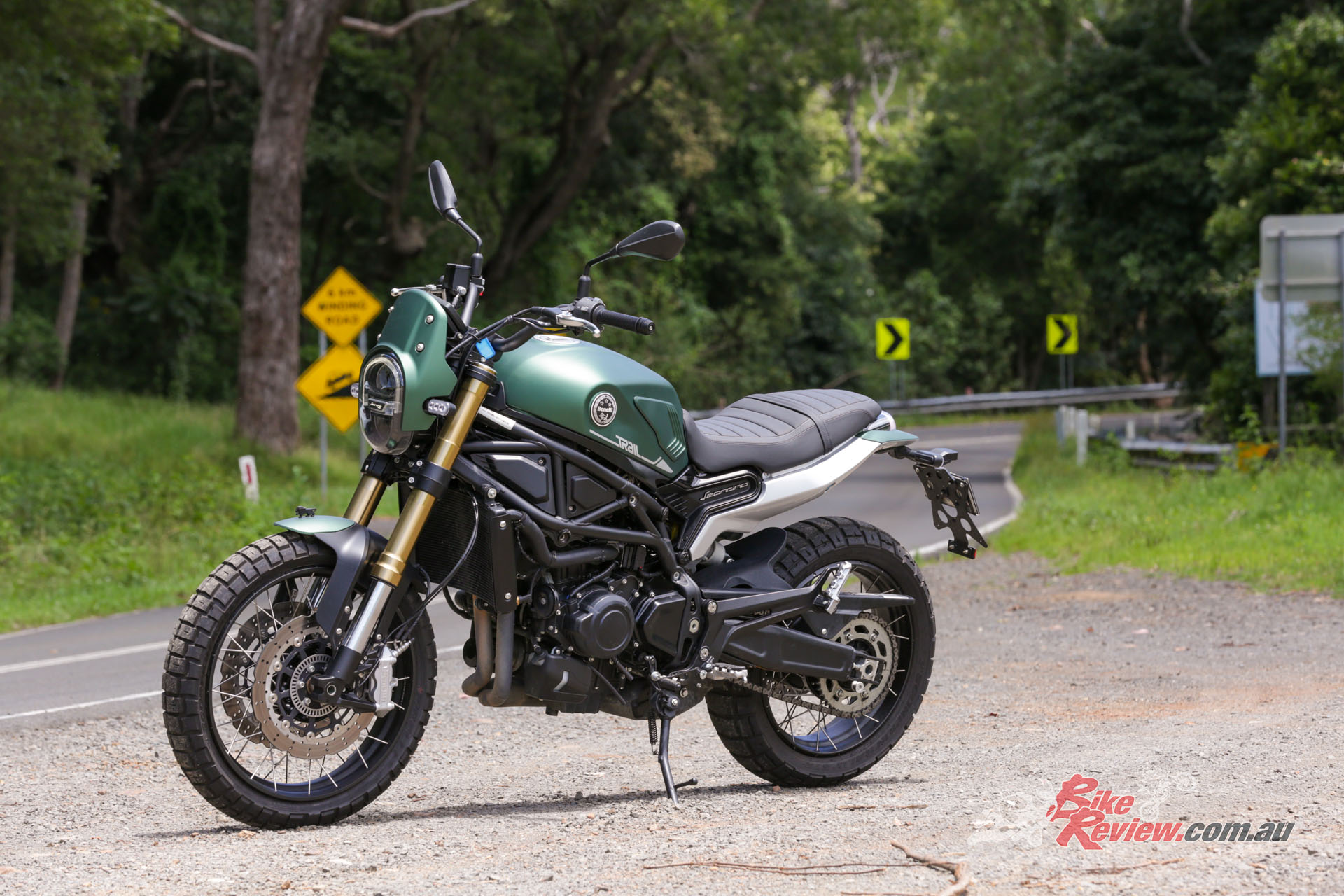
Tune in soon as we take the 2022 Benelli Leoncino 800 Trail one some tough terrain to see how it handles it!
There’s not a whole heap more I’d like to change on the Leoncino 800 Trail, the tyres still have plenty of life in them but I would like to swap out for some more road-centric hoops when it does come time to swapping them over.
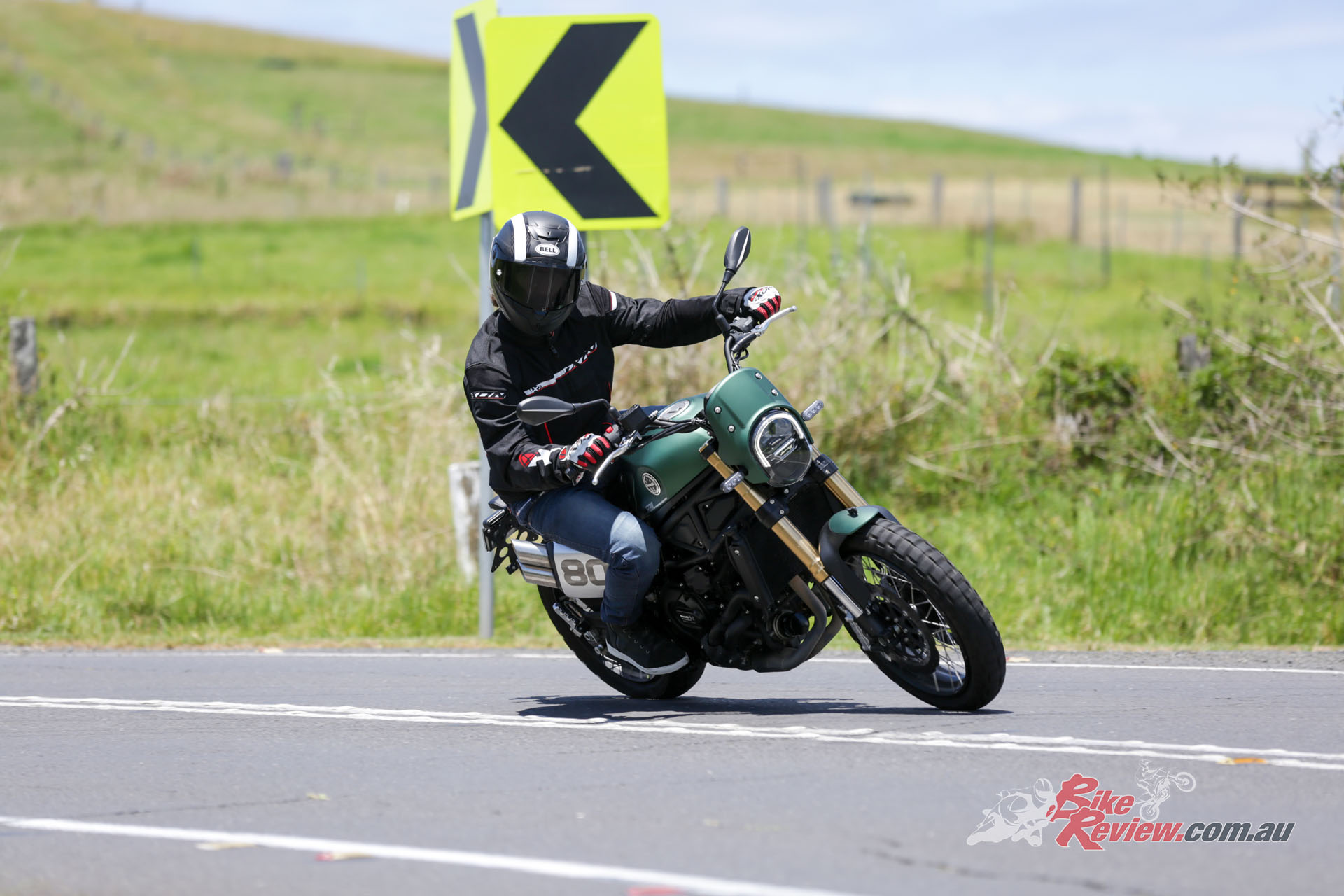
“My main goal is to just ride the thing a bit more, especially off-road to see how much of a thrashing it can really handle.”
My main goal is to just ride the thing a bit more, especially off-road to see how much of a thrashing it can really handle. In the meantime, it’s been nice to have a bike ready to go, the annoyance of riding a and driving classic machines is the thought of them breaking somewhere, with the Leoncino 800 I don’t need to worry about that. Catch ya next month!
Benelli Leoncino 800 Trail Tech Talk
The heart of Leoncino 800 is the 754cc, liquid-cooled, four-stroke, twin-cylinder engine; which is now Euro 5 approved. Suitable for off road use thanks to the configuration with crank pin angle phase of 90° from which it gets an irregular firing sequence (0° – 270° – 450°).
The new cylinder-head has been redesigned to integrate a secondary air system, and optimise the intake and cooling system. The distribution case has also been stiffened in order to reduce noise emissions and strengthen the engine/chassis fixing points.
The suspension consists of a front upside-down fork with 50mm tubes. On the back there is a swingarm with central adjustable monoshock with spring preload and rebound damping. The frame is a steel tube trellis (ALS 420) with cast and forged details. It has four engine fixing points on each side. The engine is used to strengthen and stiffen the overall frame.
The braking is sorted by dual 320mm diameter semi-floating discs on the front and four-piston radial-mount monoblock calipers, with a 260mm diameter disc on the back with a double-piston caliper. Despite early press information showing Brembo calipers and Marzocchi suspension, Australia will not receive this equipment. Suspension, Brakes and ABS were all development in-house at Benelli.
The Leoncino 800 Trail features everything from the standard model but adds a double exhaust in a raised position and 19in front wheel. Also different is suspension travel length.
The transmission has undergone updates to the clutch (spring calibration, discs and clutch damper) and to the final ratio, now reduced with the 46 tooth sprocket. The exhaust system has been completely redesigned, low and short silencer for road version, high with double exit for Trail version.
In turn, the suspension has been upgraded: the front fork has longer travel, from 130mm in the road model to 140mm in the Trail version. The same upgrade took place on the rear, travel was increased from 130mm to 140mmm. The Leoncino 800 Trail seat is raised to 834mm from 805mm seen on the road model.
Also different on the Trail model are the spoked rims with tubeless tyres (19in front, 17in rear), the bike comes stock with Pirelli Scorpion Rally STR tyres, 120/70 19in front and 170/60 17in rear.
2022 Benelli Leoncino 800 Trail Specifications
Price: $13,990 rideaway
Colours: Forest Green, Rock Grey and Terrain Brown
Claimed Power: 56kW@8500rpm
Claimed Torque: 67Nm@6500rpm
Wet Weight: 234kg
Fuel capacity: 15L
Engine: Liquid-cooled, in-line two-cylinder, four-stroke, DOHC, four-valves per cylinder, 754cc, 88 x 62mm bore x stroke, 43mm throttle-bodies, 11.5:1 compression ratio, 6-speed gearbox, slipper clutch.
Chassis: Frame: Trellis steel tubes
Rake: N/A Trail: N/A
Suspension: Upside-down forks with 50mm tubes 140mm Travel (f) Aluminium rear swing arm with central shock absorber spring preload and hydraulic rebound adjustable 140mm Travel (r)
Brakes: Twin semi-floating disc 320mm, mono block radial caliper 4-pistons and ABS (f) Single disc 260mm with double piston and ABS (r)
Wheels & Tyres: Spoked Wheel, 19in x MT3.00, 17in x MT4.25.
Dimensions:
Length: 2200mm
Height: 1210mm
Width: 870mm
Seat Height: 834mm
Wheelbase: 1480mm
Ground clearance: 191mm
Instruments & Electronics: DRL, LED lighting, TFT Dash
Editor’s Note: If you are reading this article on any website other than BikeReview.com.au, please report it to BikeReview via our contact page, as it has been stolen or re-published without authority.


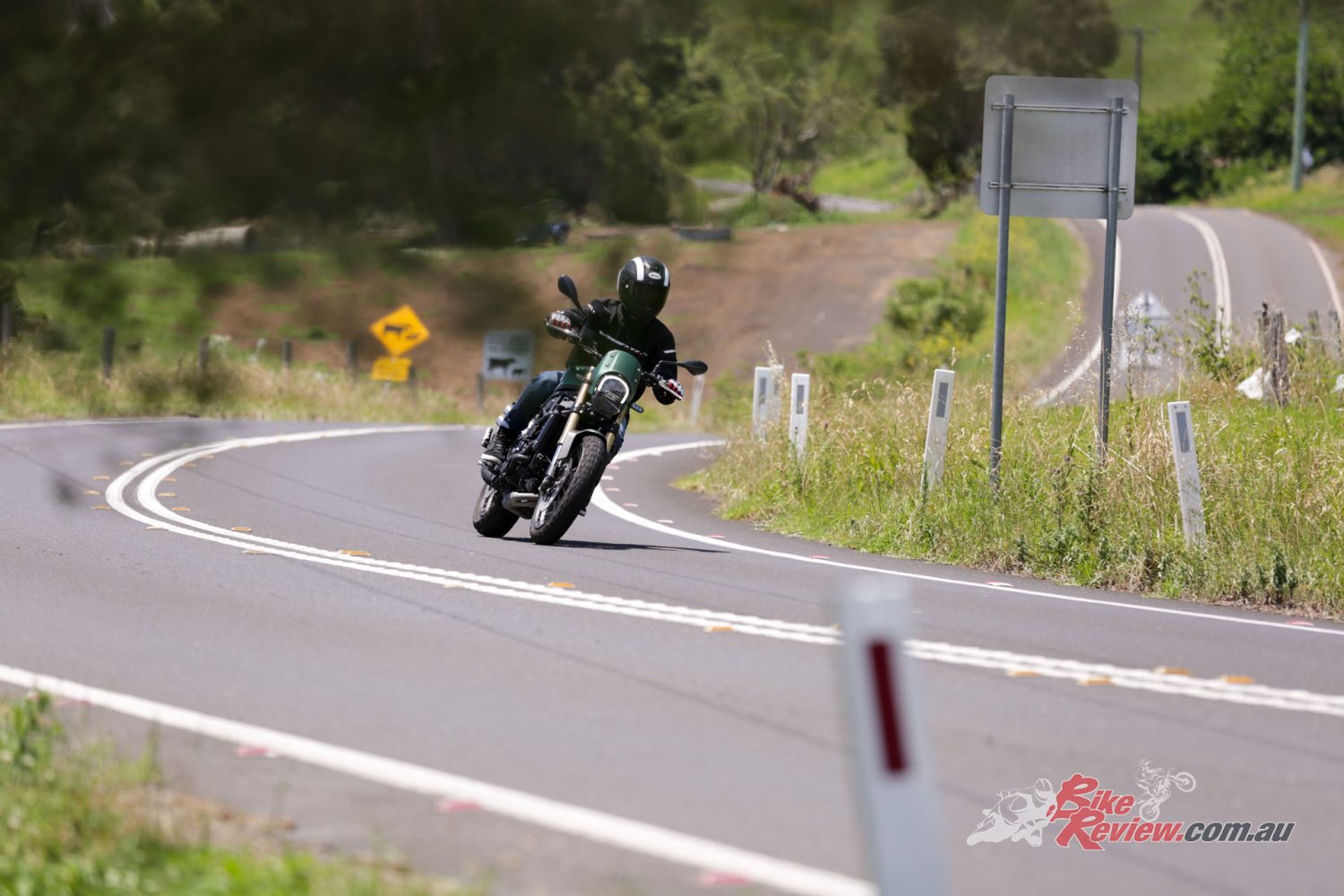
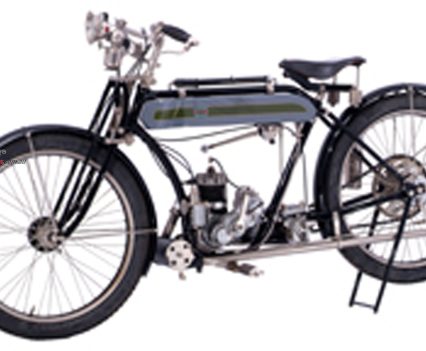
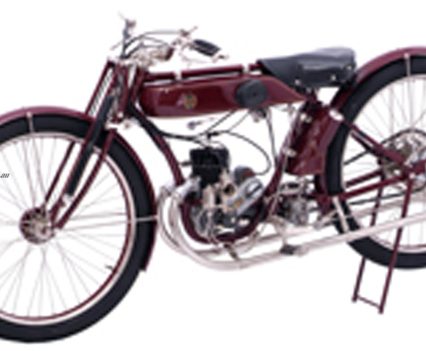
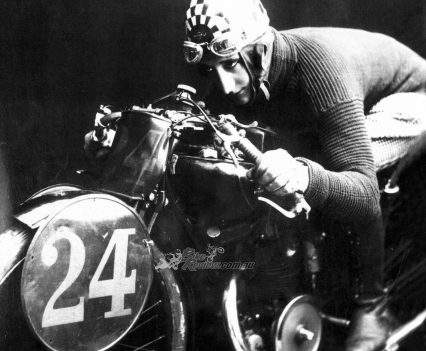
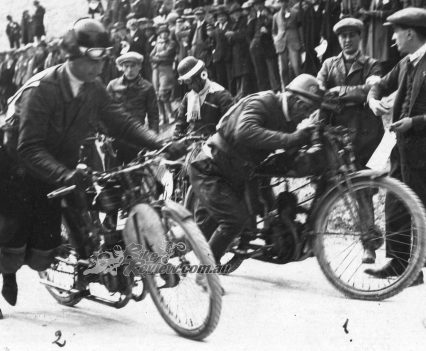
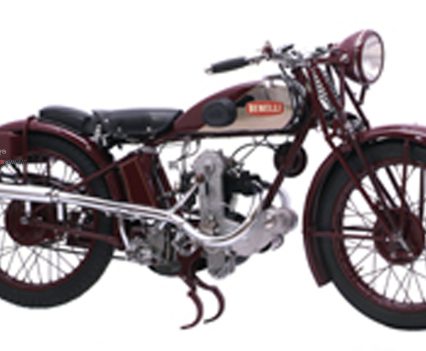
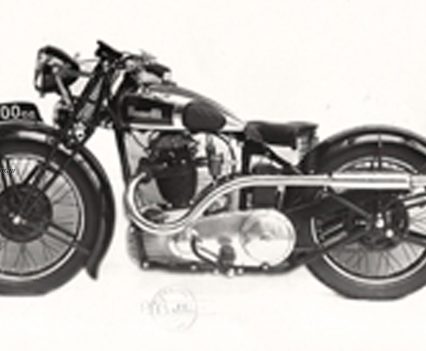
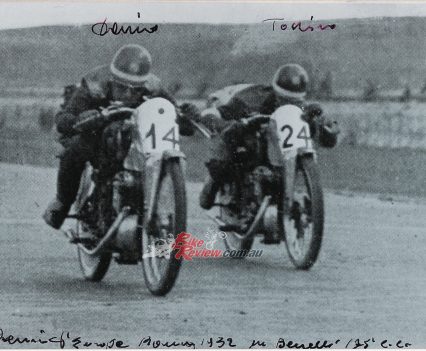
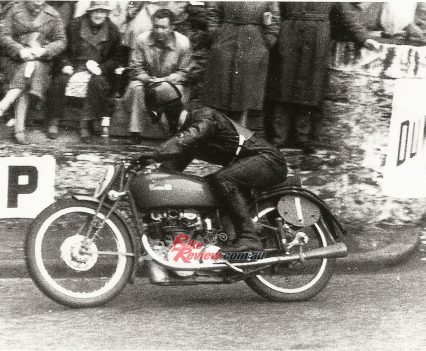
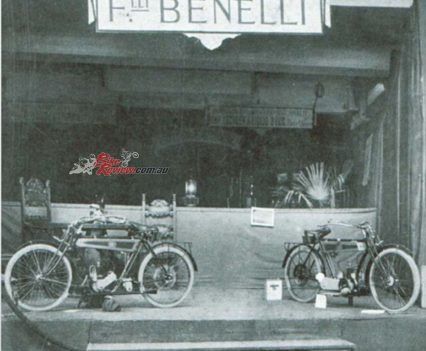
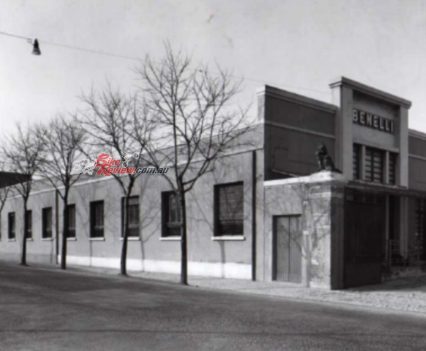
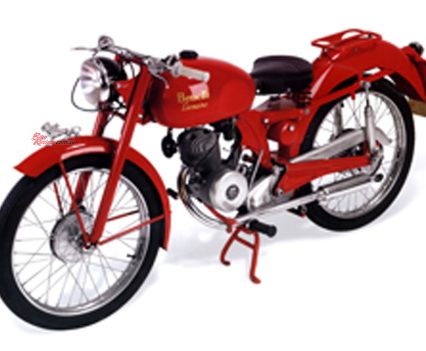
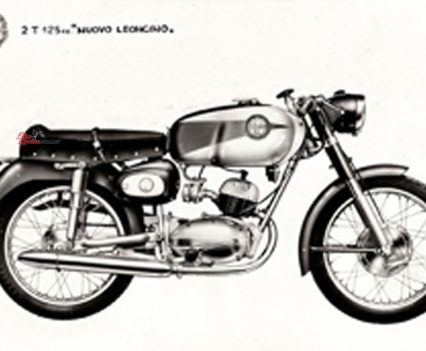
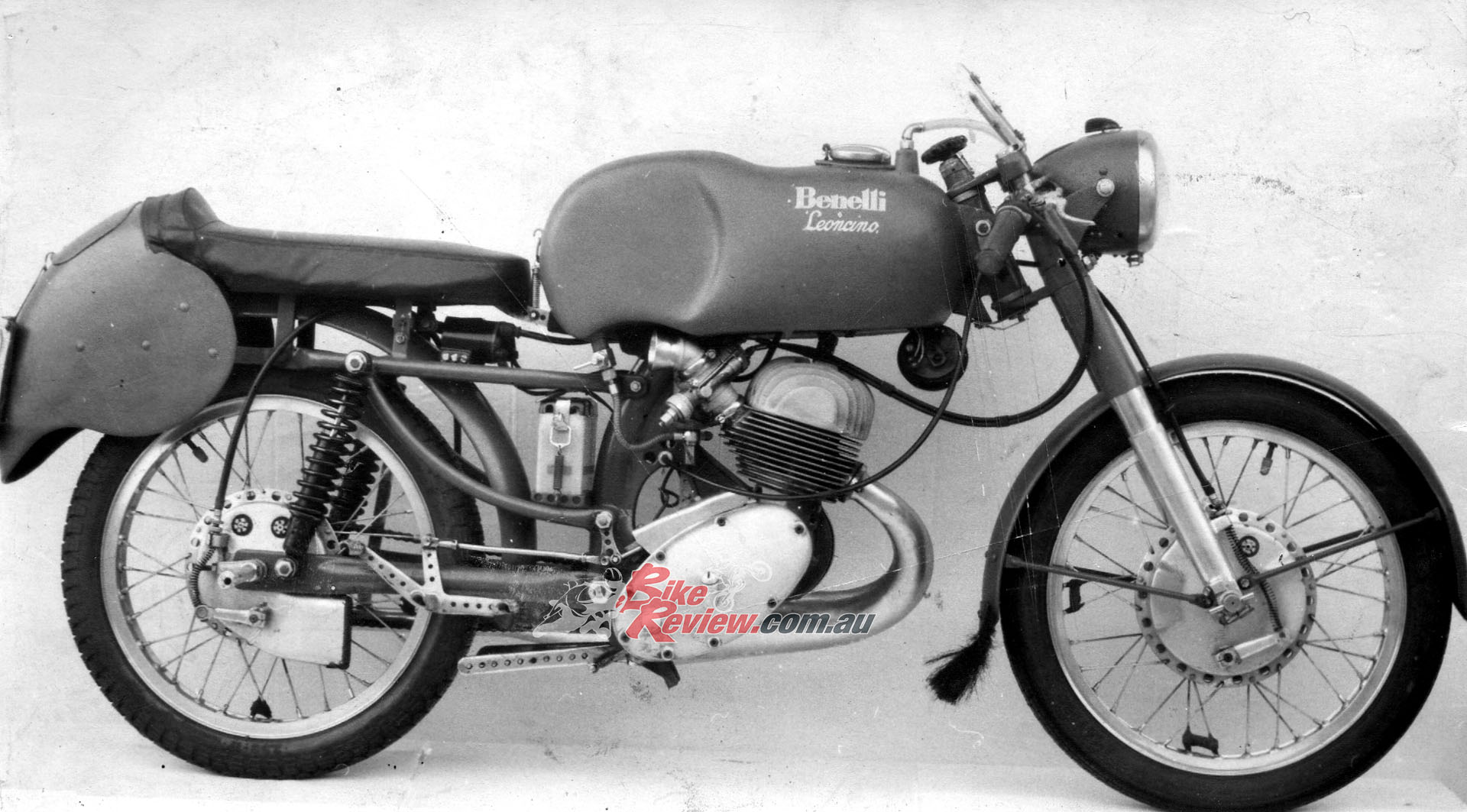
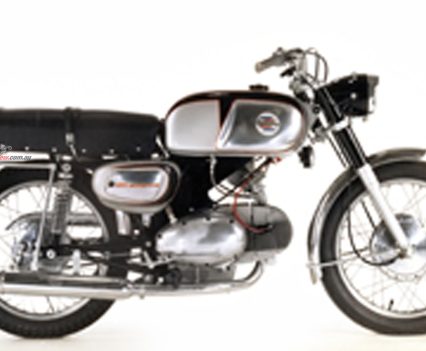
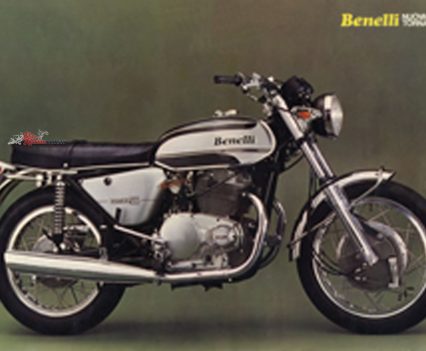

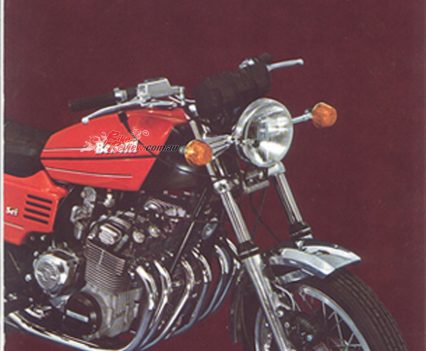
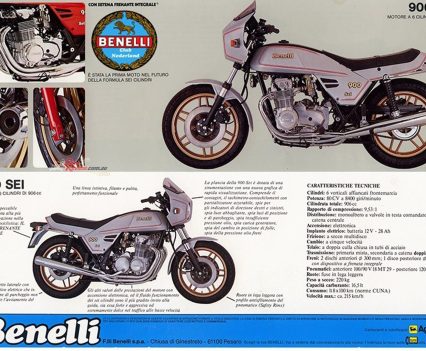
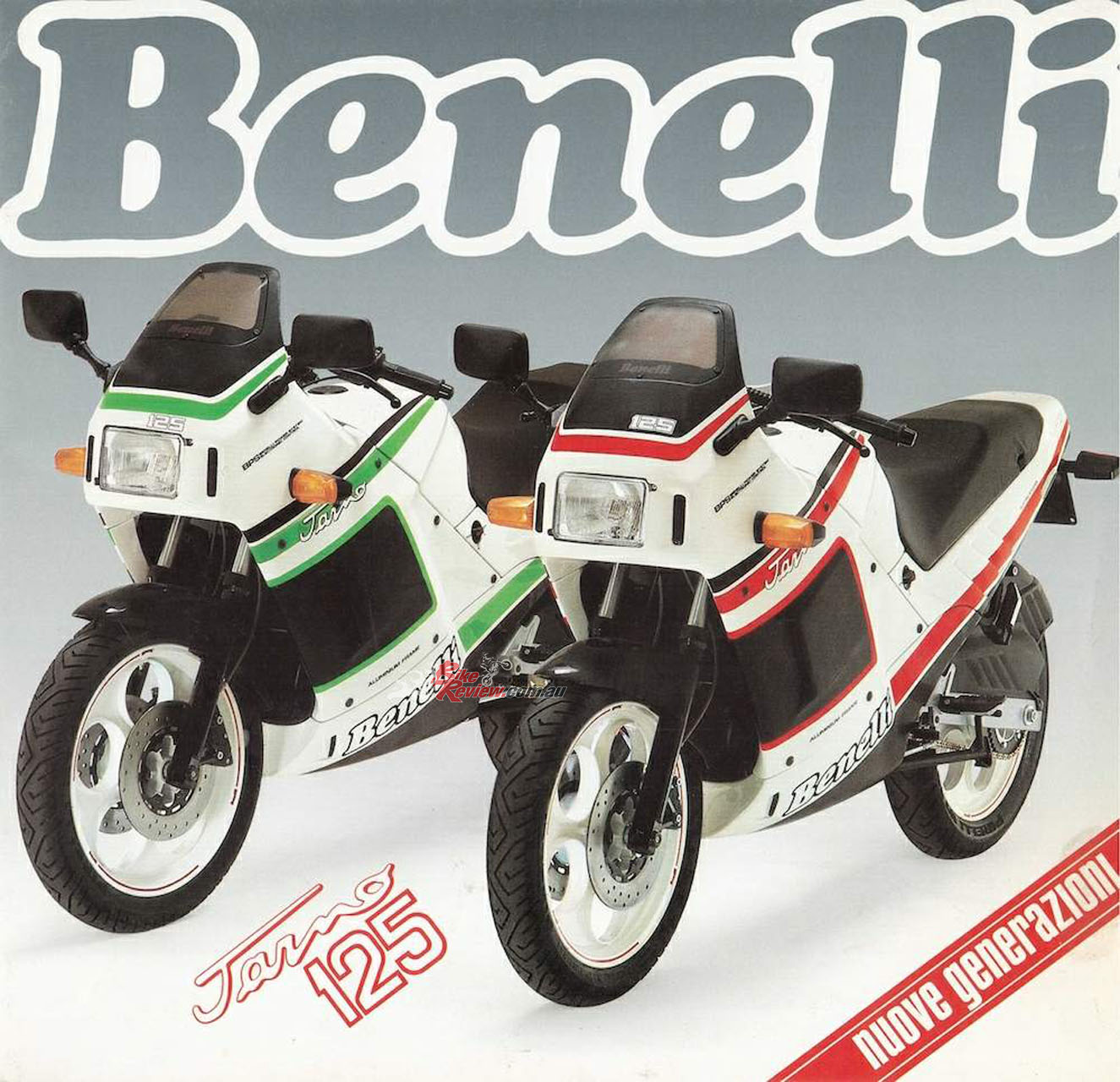
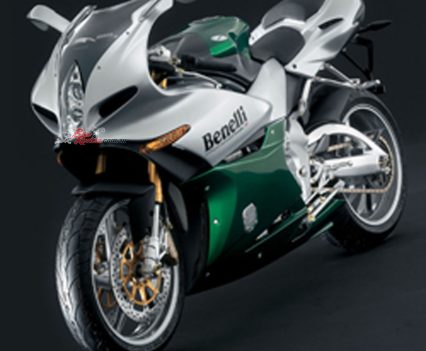
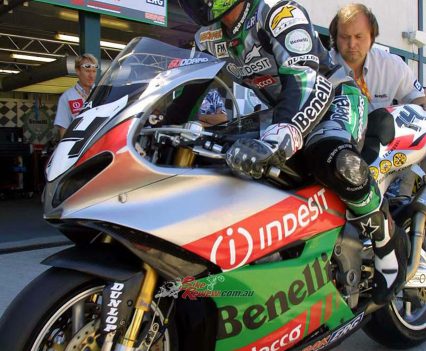
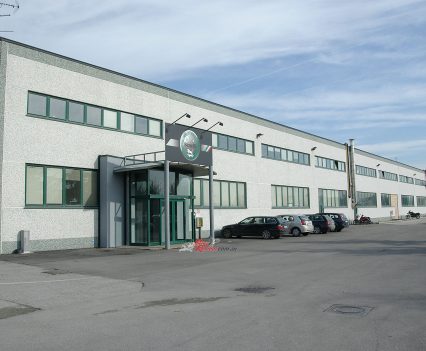
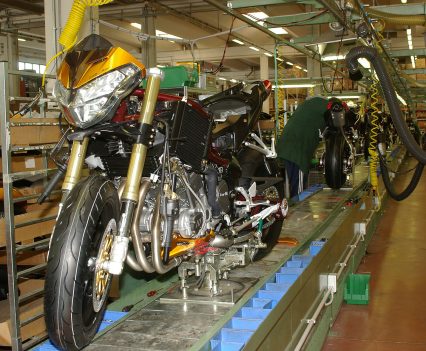
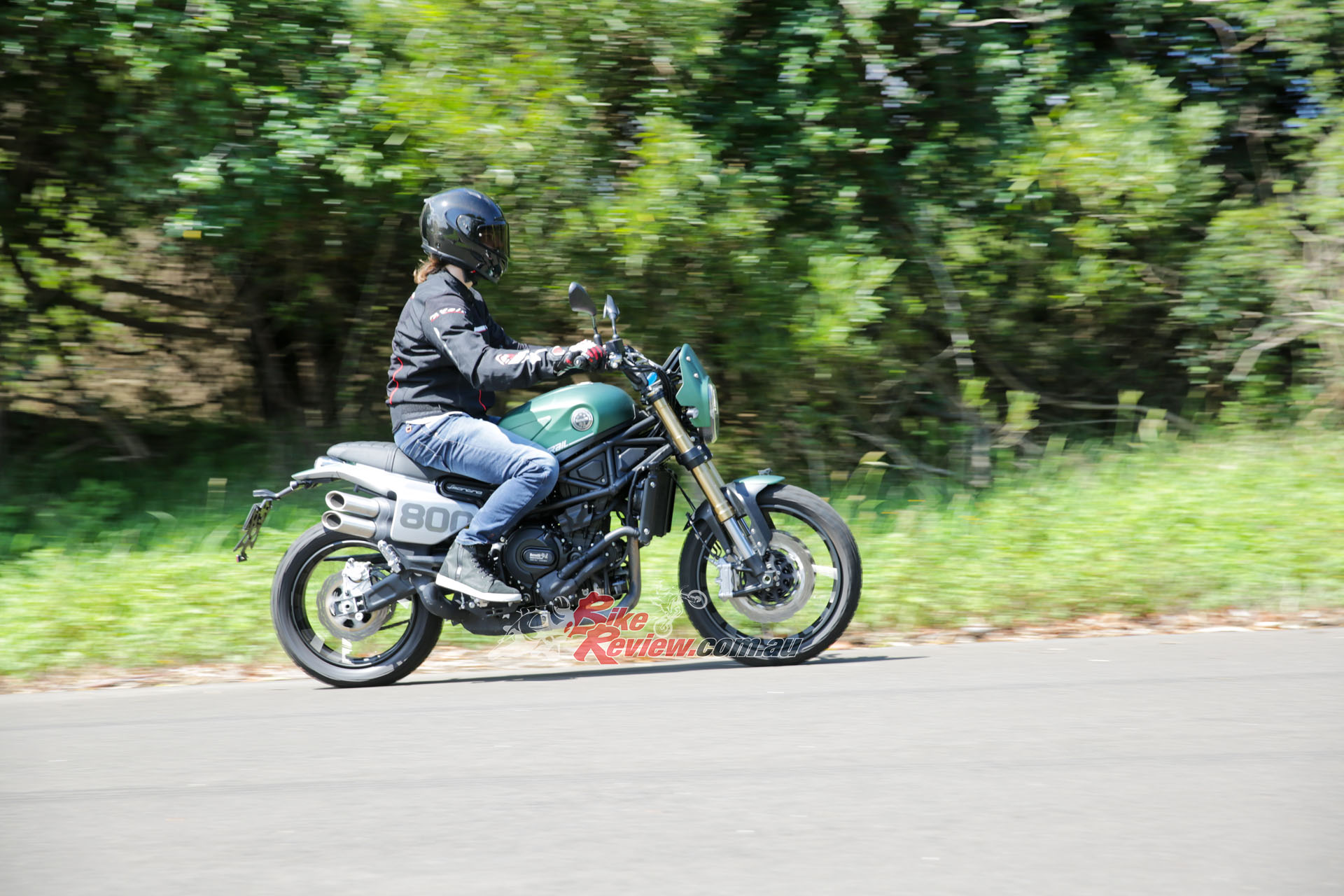
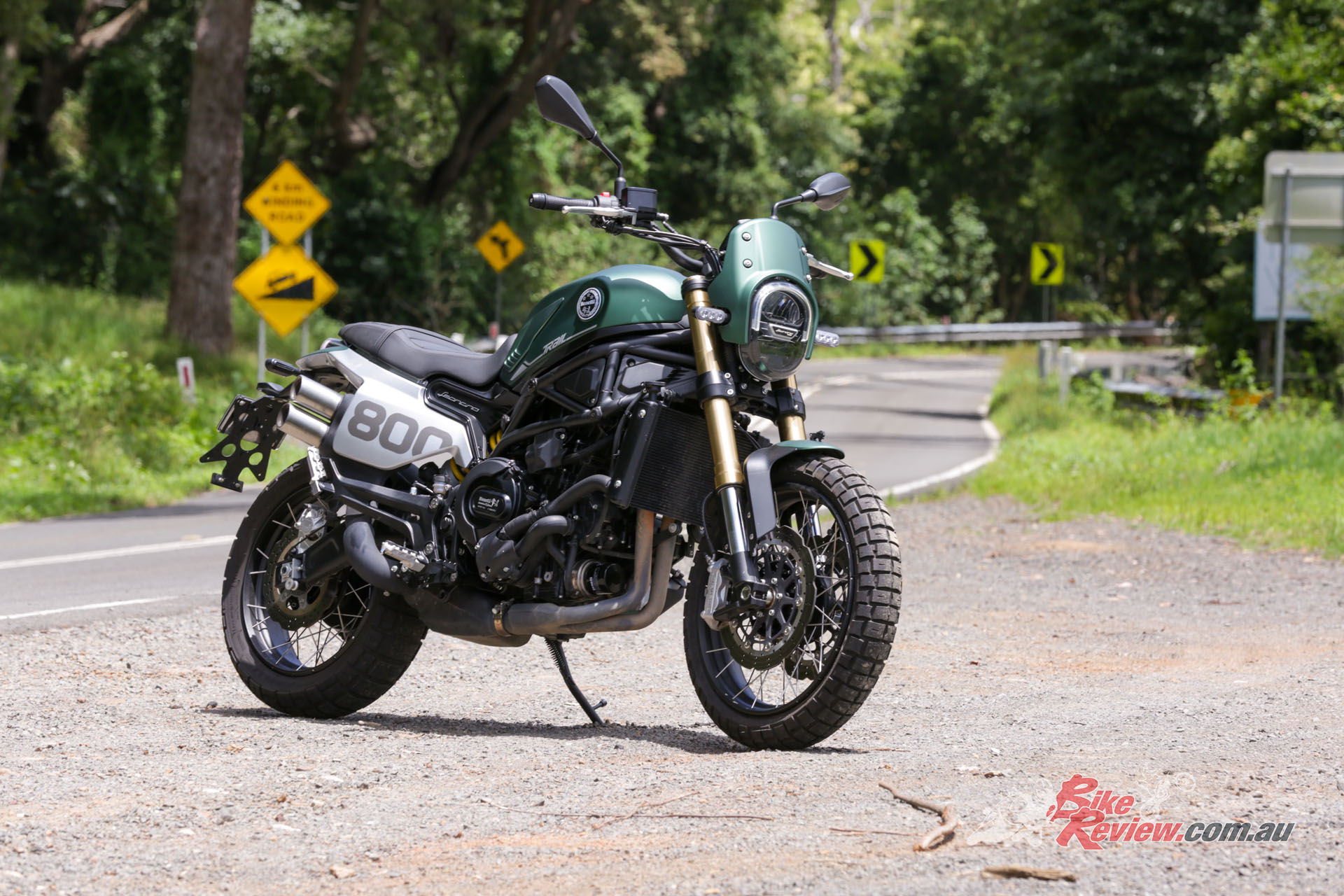
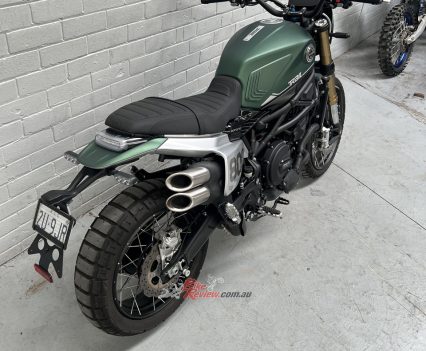
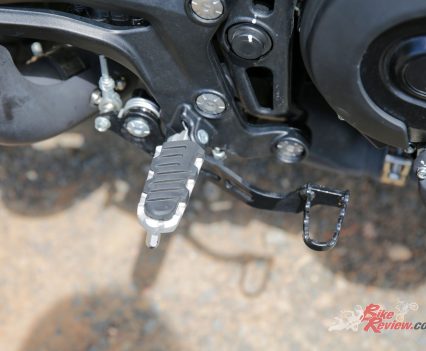
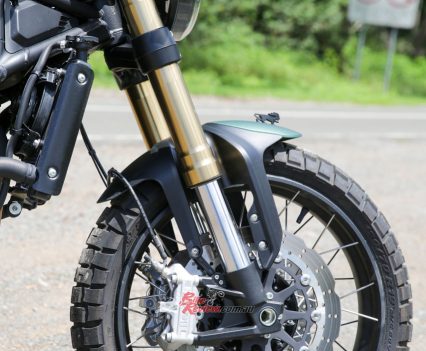
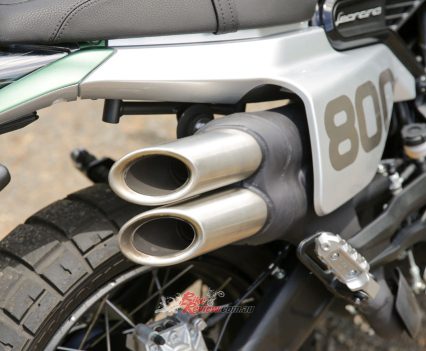

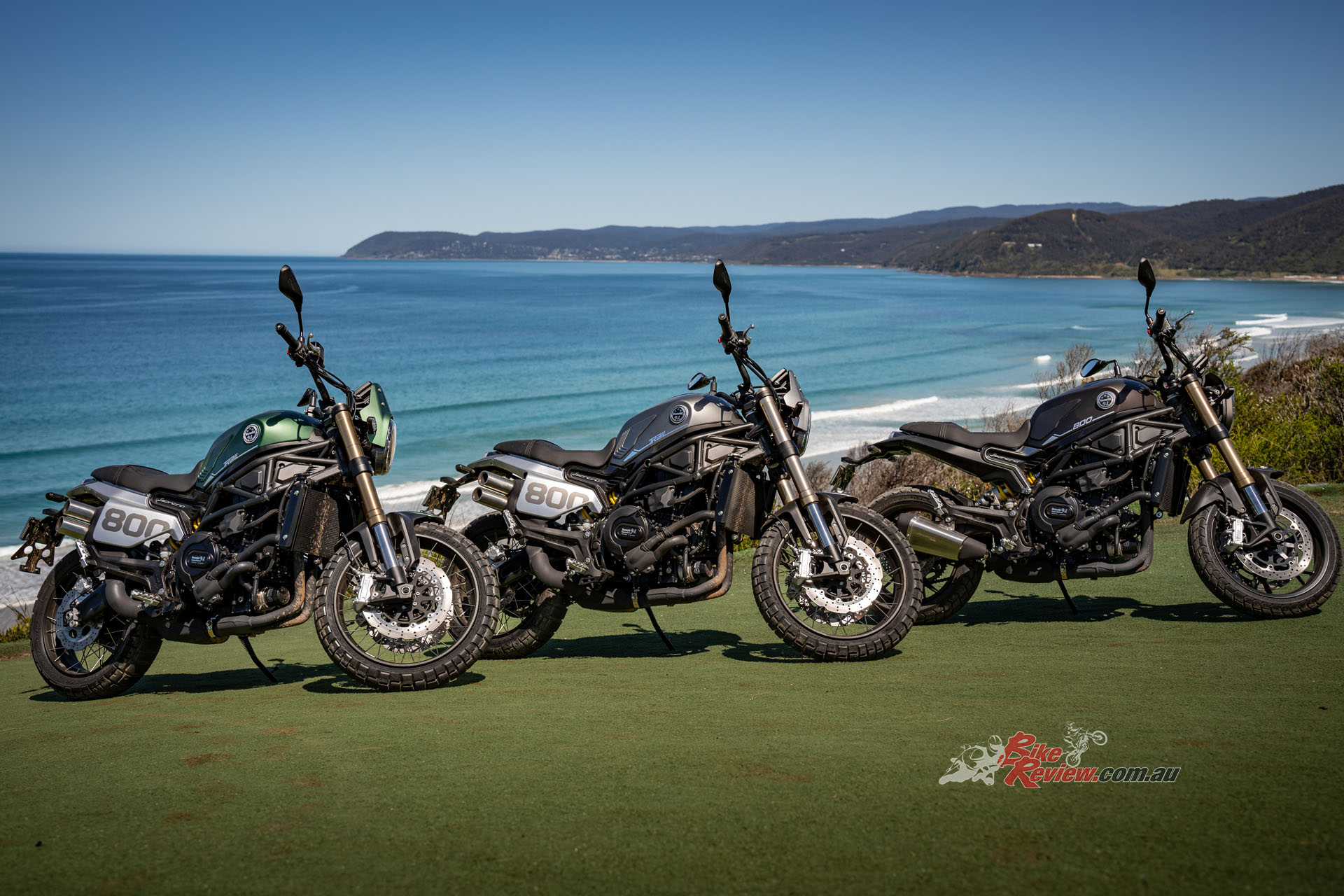
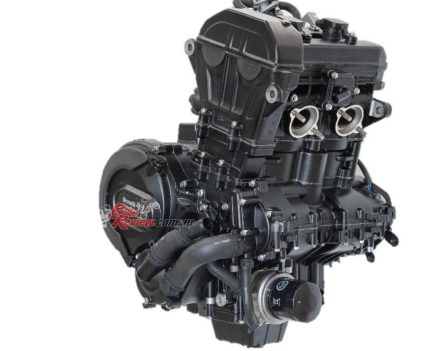
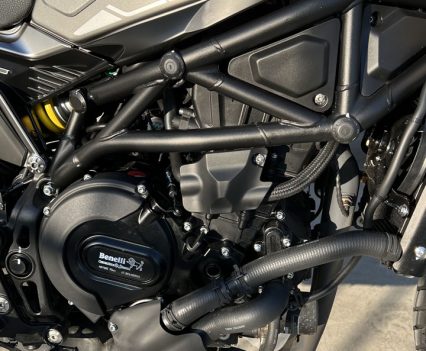


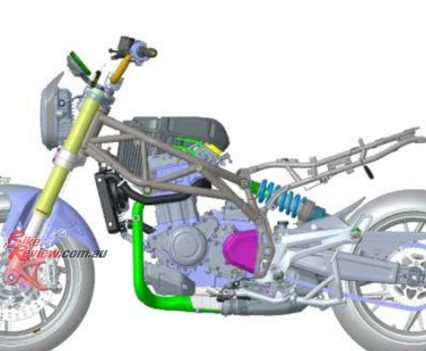
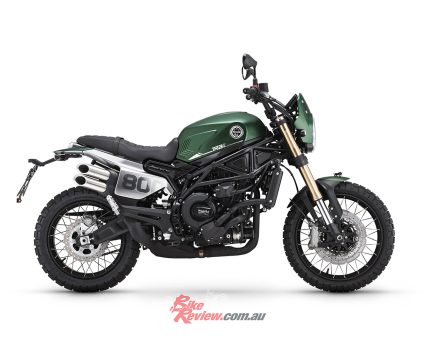
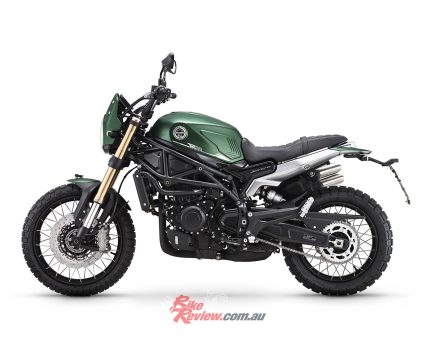

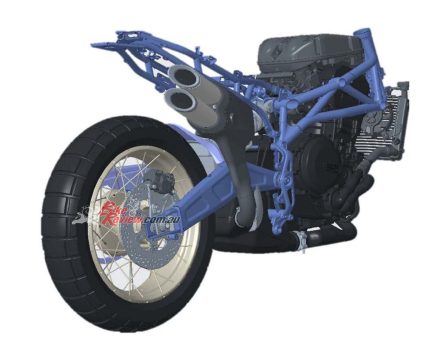
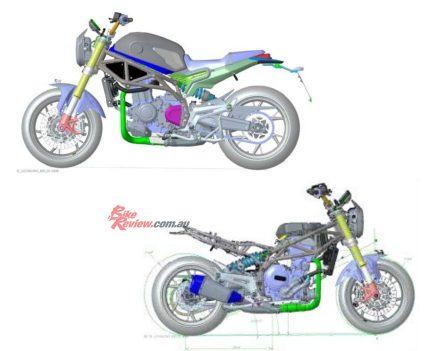

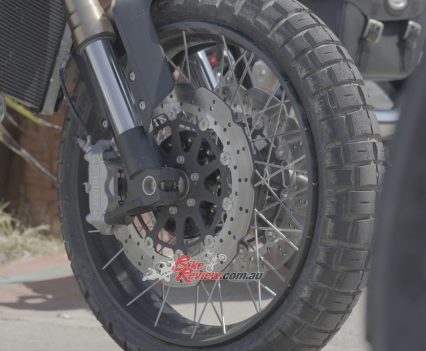


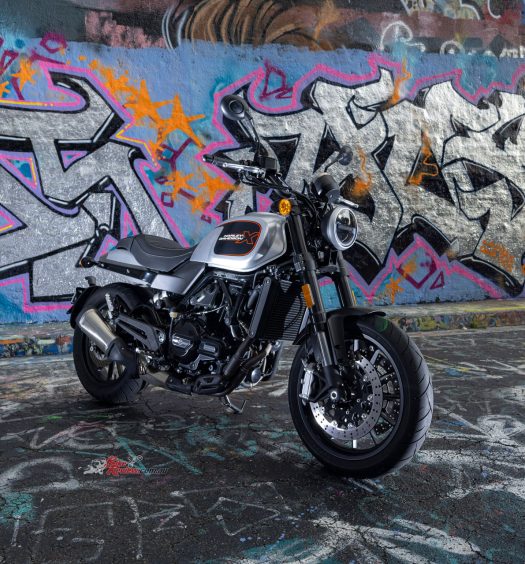
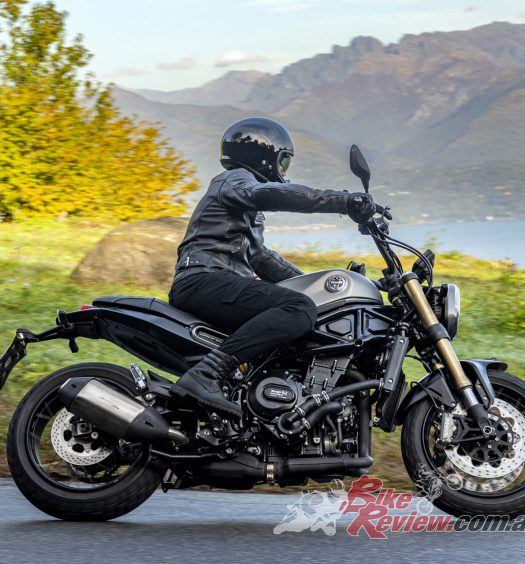
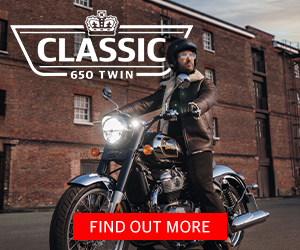



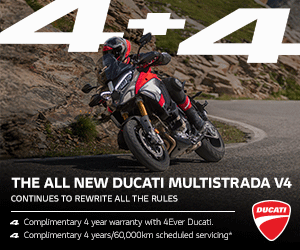









March 5, 2023
Really good read, you’ve done some serious homework!
I’ve owned a 502c since 2020, & absolutely love it.
The history lesson gave me a few “Ah-Hahs”
April 3, 2023
Thanks for the comments! Zane.
September 22, 2023
234kg fuelled up!!!! We can be sure that this bike won’t be a contender for a Darien Gap crossing.
I have a 500 trail and it was too heavy to do anything more than a gravel road. The rear of the steel frame and swing arm is truck material. I was unimpressed with the prior CB500X but it felt a lot lighter than the Benelli. I stripped off the RHS front rotor and calliper, then the CAT box , and most importantly that number plate thing. Still feels overweight.
I’d like an 800 but it seems we need a Gen 2 diet version .
October 6, 2023
Hi David, you made me realise that we need to weigh it as it sure doesn’t feel like it is so heavy to me. It feels relatively light and nimble, I love riding it, and it goes hard too, great motor. I had a 500 Leoncino and yeah it was heavy and a bit of a slug but great fun and I thrashed it for a year and could not kill it. Even did track days! We shall weigh it ASAP and report in the next staff bikes. Jeff.